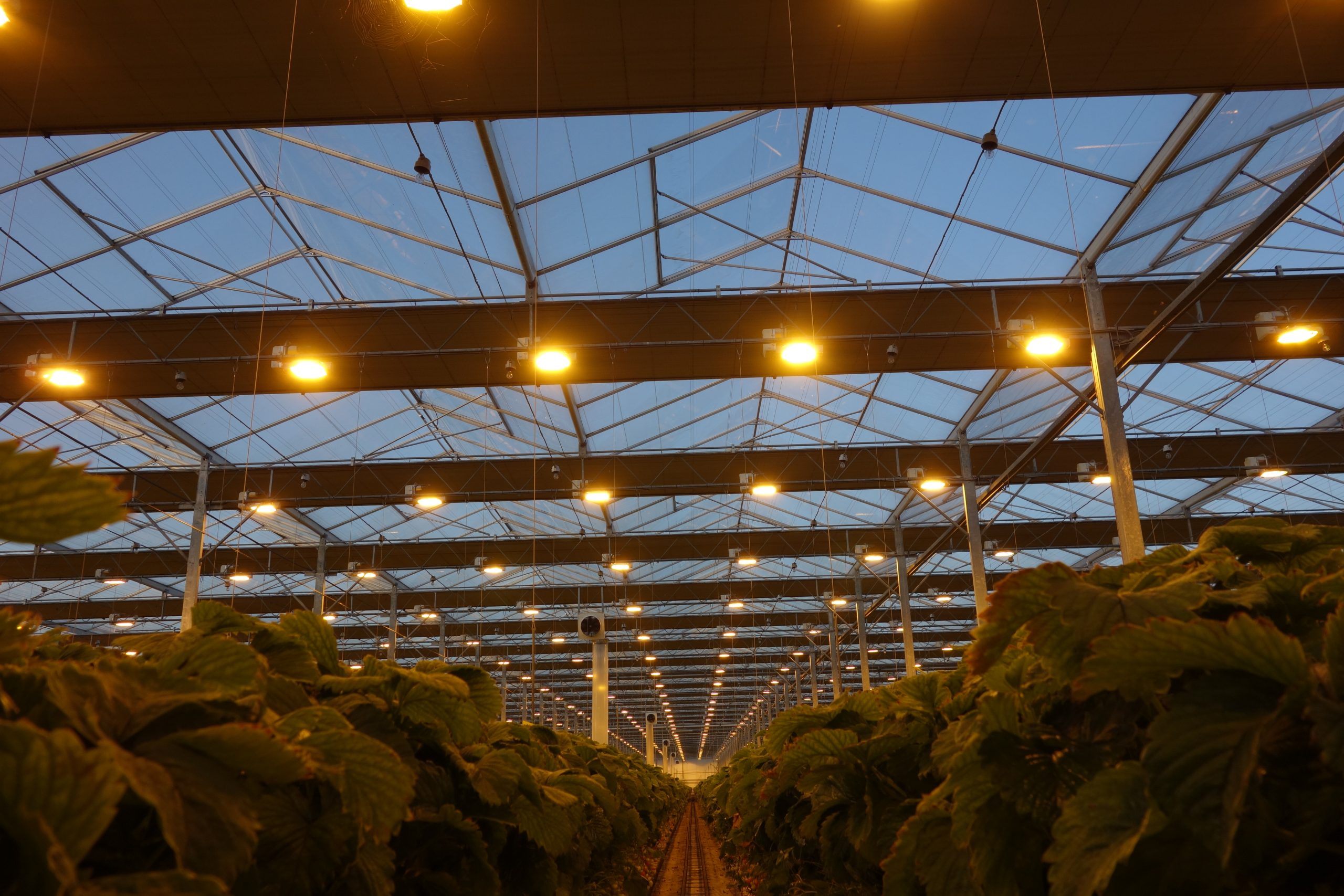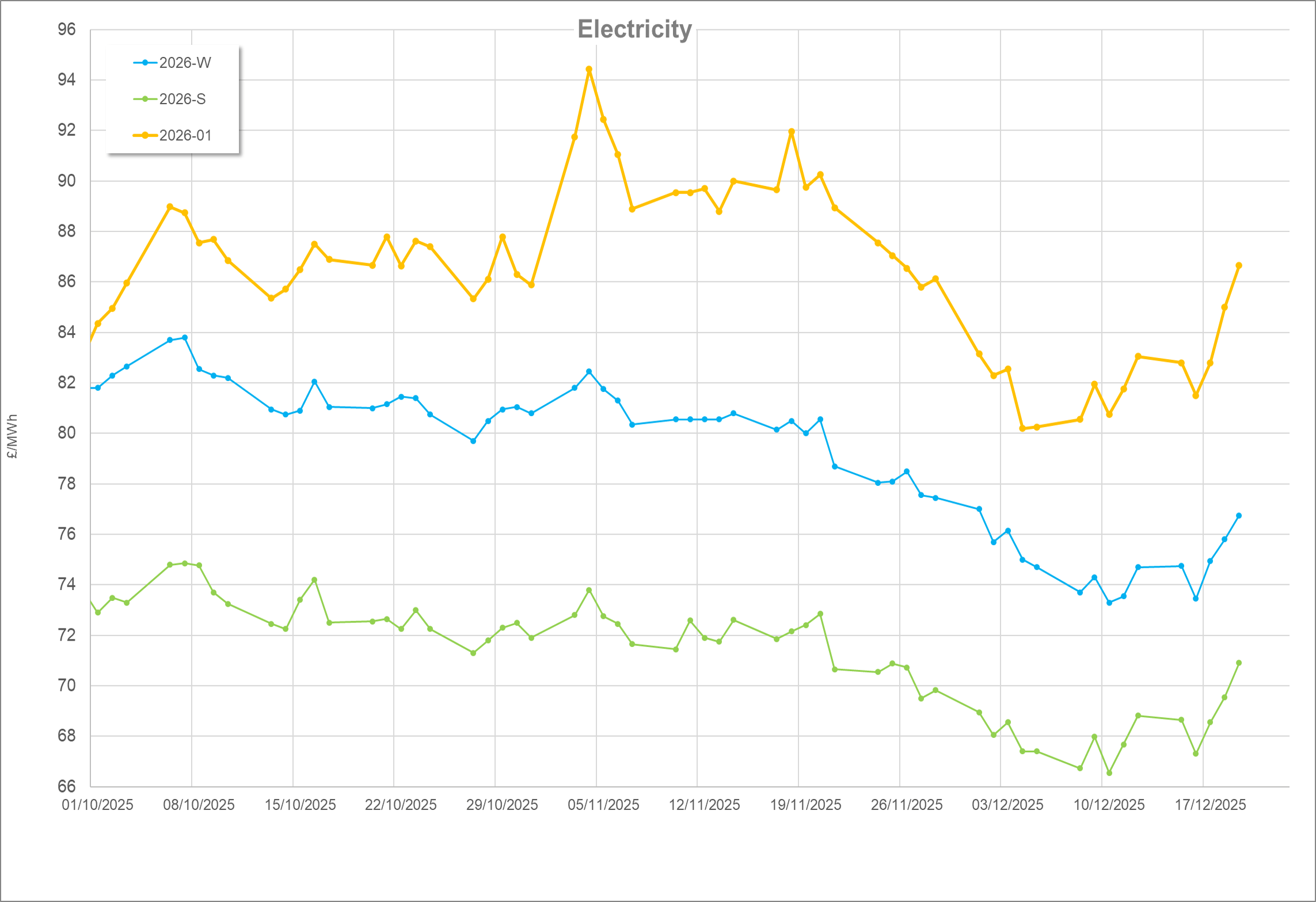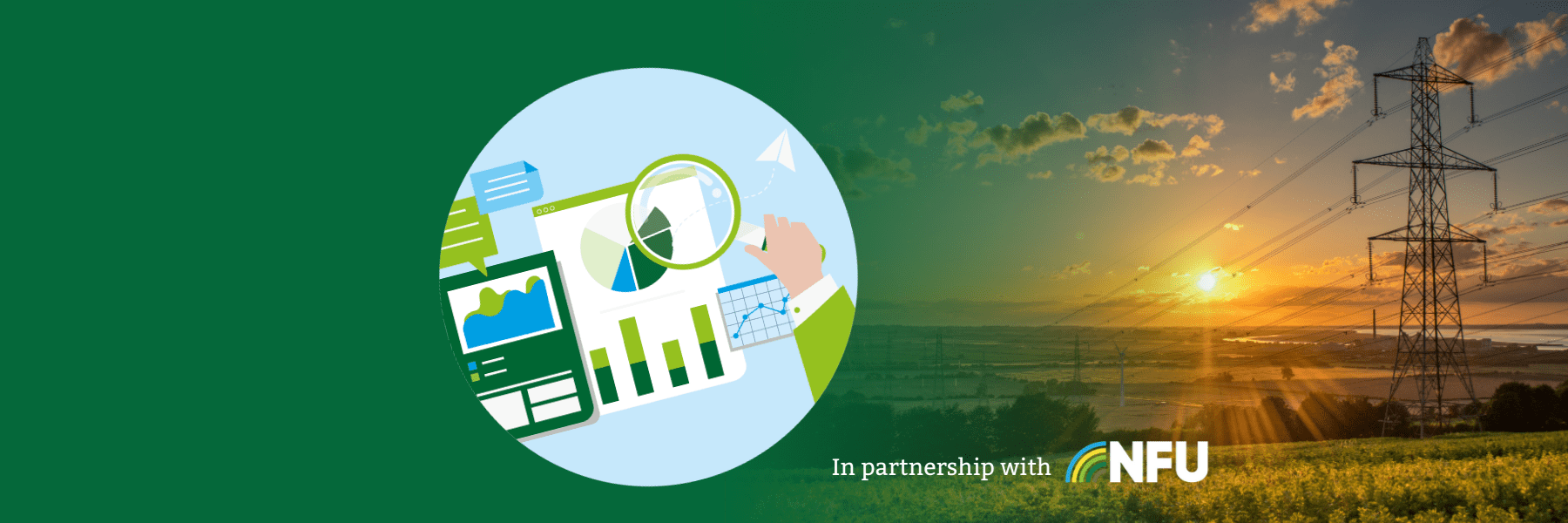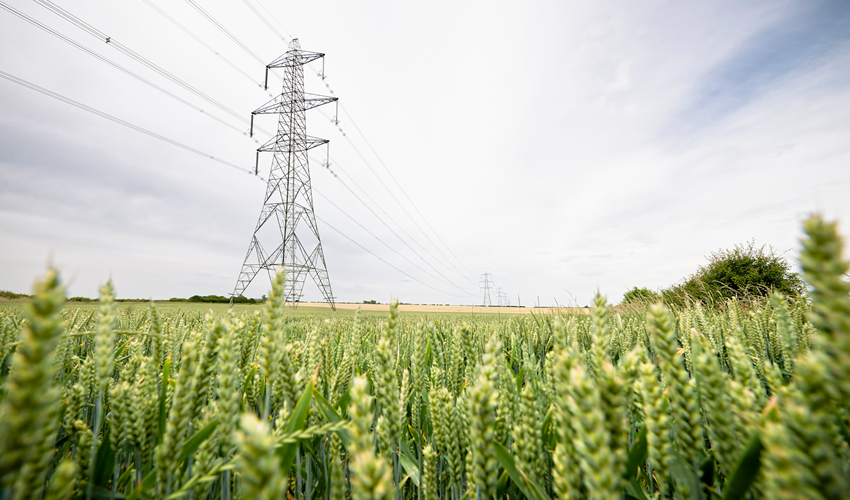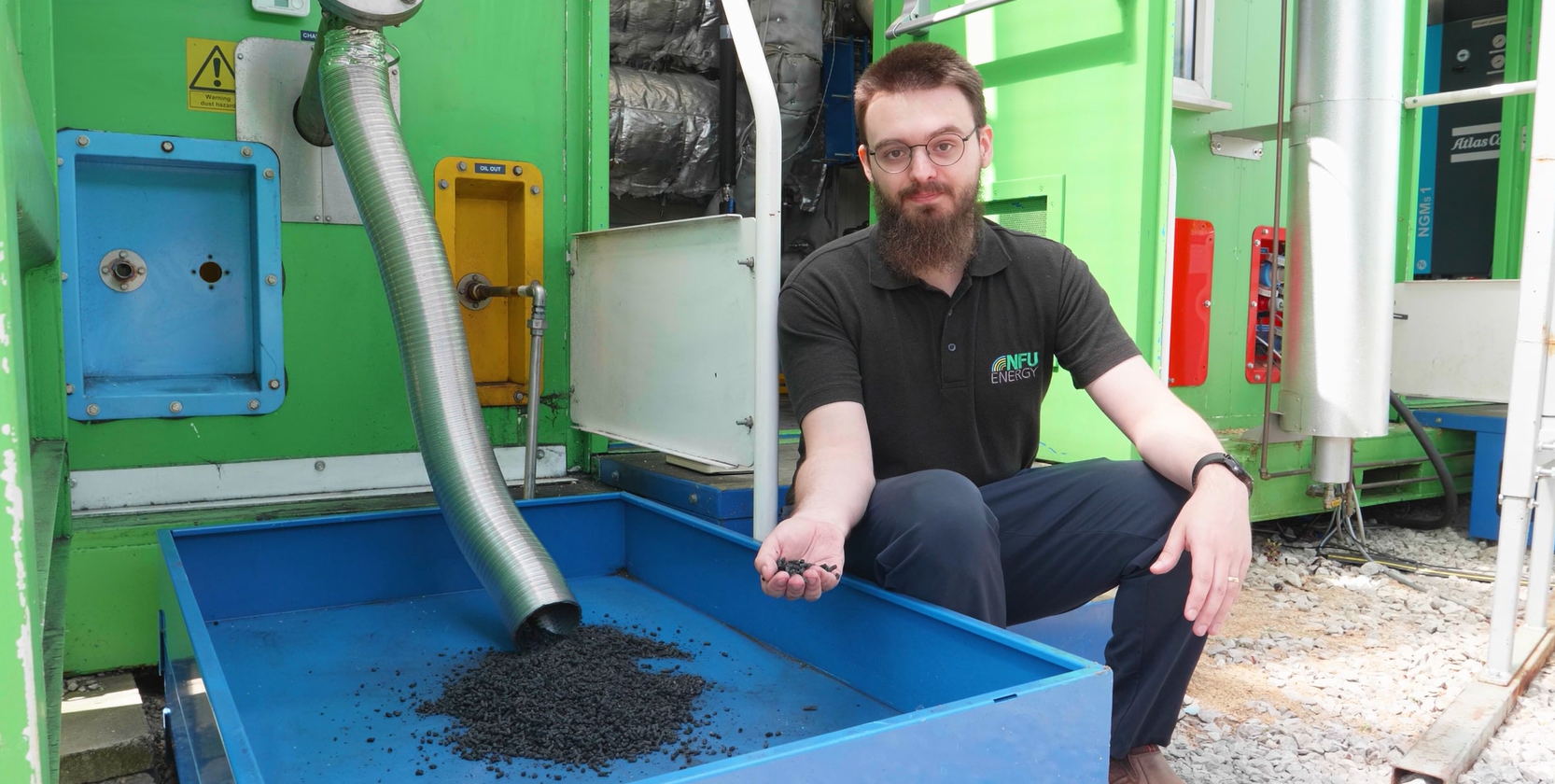Introduction
It seems that one cannot attend a conference or read a trade publication without hearing the terms ‘robotics’ or ‘artificial intelligence’. Although their overuse occasionally enters buzzword territory, there is genuine innovation happening in the sector with value which is worth exploring.
Broadly, Robotics refers to physical systems designed to carry out tasks with some degree of autonomy. These tasks tend to be repetitive, physically demanding, or potentially hazardous to humans. In the context of Controlled Environment Horticulture (CEH), this includes tasks such as picking, spraying, transporting produce, and packing.
Artificial Intelligence (AI) refers to digital algorithms and data-processing that allow programs to mimic aspects of human decision-making. This can involve analysing images to detect crop pest & disease, growth rates, and yield predictions, or optimising climate control systems and irrigation schedules based on real-time sensor data. A key aspect of many AI systems is machine learning, which refers to the programs ability to ‘learn’ how to do complex tasks and improve over time if trained with feedback on how it performed.
Together, robotics and AI represent a powerful tool for minimising human error and optimising greenhouse efficiency. Many systems remain in development, but a growing number of technologies are commercially available for growers.
Robotics
Automation in horticulture is not new, from irrigation booms, grading and packing machines, to climate computers regulating greenhouse climate, screen deployment, and CO2 dosing, greenhouse growing has steadily increased automation wherever possible.
More recently, a lot of development has happened in automated harvesting. This is a lot more complex than previous automation and presents a significant challenge; a high amount of manual dexterity is needed to locate and pick fruit without damaging it or the plant. Although actually picking the fruit has largely been solved, speed remains a limiting factor. Based on conversations with Wageningen Research Centre in early 2024, their most successful trials could achieve an average harvest time of around 14s per fruit, much slower than an experienced picker. Although, a robot can potentially run for longer hours and in less hospitable conditions.
Another area where automation has succeeded is in sterilisation. There are many types of rovers capable of carrying UV sterilisation equipment, which run at night between rows of crops.
To enable these and other types of robots, a lot of effort has gone into improvements in navigation. Several businesses have specialised into navigation platforms, upon which other robotics can be built. Navigation systems are as complex as they are required to be, including visual self-location, LIDAR, and on-board maps with geolocation, based on the use case.
Ultimately, all robots will be limited by their battery and charge time. To overcome this issue, a greater number of robots are needed so that some can do work whilst others charge. In practice this is expensive, but with labour challenges and improvements to the efficiency of robotics, the benefits may soon outweigh the costs for more businesses.
Imaging
A large part of many AI tools is image-processing algorithms. These are again not new, for example in grading, however, there have recently been further areas of application. Other than to enable navigation, imaging has been used for crop monitoring and to feed into predictive modelling.
Monitoring crops for pests and disease can allow for much faster response and therefore limit their impact whilst taking more precision intervention. This can be done in a number of ways, from static cameras looking at insect tape, to handheld devices which take high-definition images of the crop and forward them to a cloud for processing.
Some companies have also developed predictive modelling which takes crop images and uses them to forecast yield timing and quantity.
Optimisation
Aside from integrating AI into physical systems for image processing, it can also be used in digital decision-making systems.
For example, there are AI tools available which track energy market prices and use predictive models to scale up/down energy use in the greenhouse to minimise heating & lighting costs. Of course, these systems work best with energy storage, but parameters can be inputted into the tool to make sure a minimum level of heat/light/CO2 is always provided when needed.
It is well known that creating and maintaining a homogeneous growing environment is beneficial for crop growth. Traditional environmental control systems attempt this reactively, i.e., they react to data gathered by sensors after a deviation from the desired set-point has occurred. By utilising predictive models based on weather data and outdoor sensors, AI-driven environmental control systems can pre-emptively respond to changes in temperature/humidity to mitigate their effects on the crop before they occur.
Circular Energy Use
With a surge of AI utilisation across all industries, a large opportunity presents itself for the horticultural sector: waste heat. AI programs, particularly large language models (LLM), require a lot of electricity and generate a lot of waste heat. In fact, using an LLM AI to search a question requires in the region of 10x more electricity than a traditional search engine, and around 97% of this energy is converted into useable heat. Although LLMs are not relevant to the AI programs discussed in this article, training and hosting any AI platform can be energy intensive. By locating alongside or near AI server space, waste heat can be captured at around 50-55°C, which can either be used directly or upgraded.
There are businesses offering to sell/install modular AI servers to act as a form of ‘digital energy centre’. It is important to note that these servers essentially act as a low-temperature electric boiler. Using one will require a large electricity connection with its associated standing/capacity charges (a 1MW heat demand requires around 1.03MW electricity connection), and generating heat via direct electricity is one of the most expensive options for heating. Payment for hosting the server space must at minimum make up the difference between heating options and cover the additional electricity connection charges for this to be worthwhile. Utilising waste heat generated from another business who operates AI server space is the less risky option.
GreenTech Amsterdam 2025
A large part of the GreenTech conference in Amsterdam was focused on robotics and AI. We had the privilege to attend for all three days of the event, listened to interesting presentations and had great conversations with many other attendees. Keep an eye out on GrowSave.co.uk and our LinkedIn or subscribe to our newsletter to stay on top of future content covering what we learned.
Written by Eirinn Rusbridge

